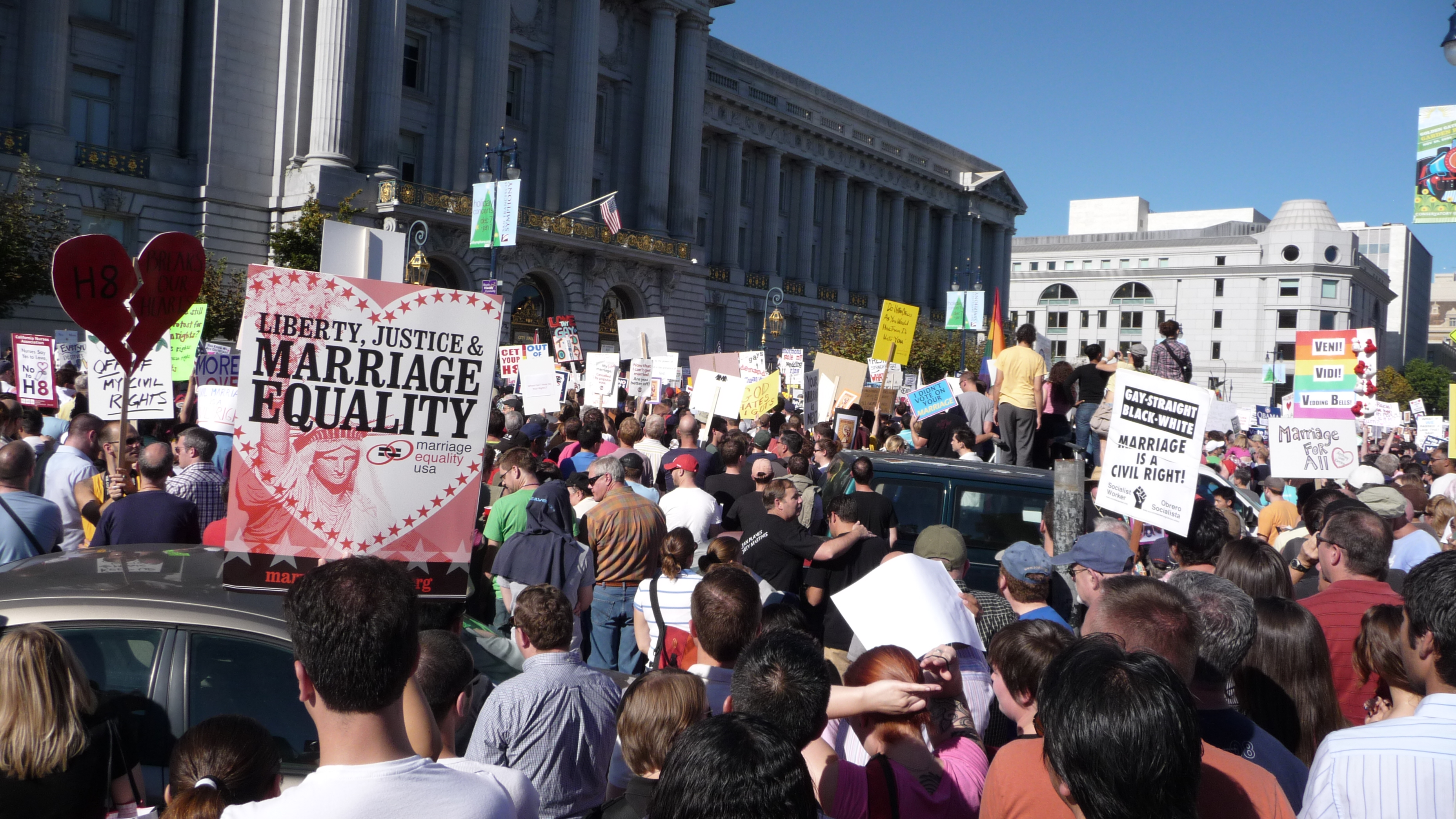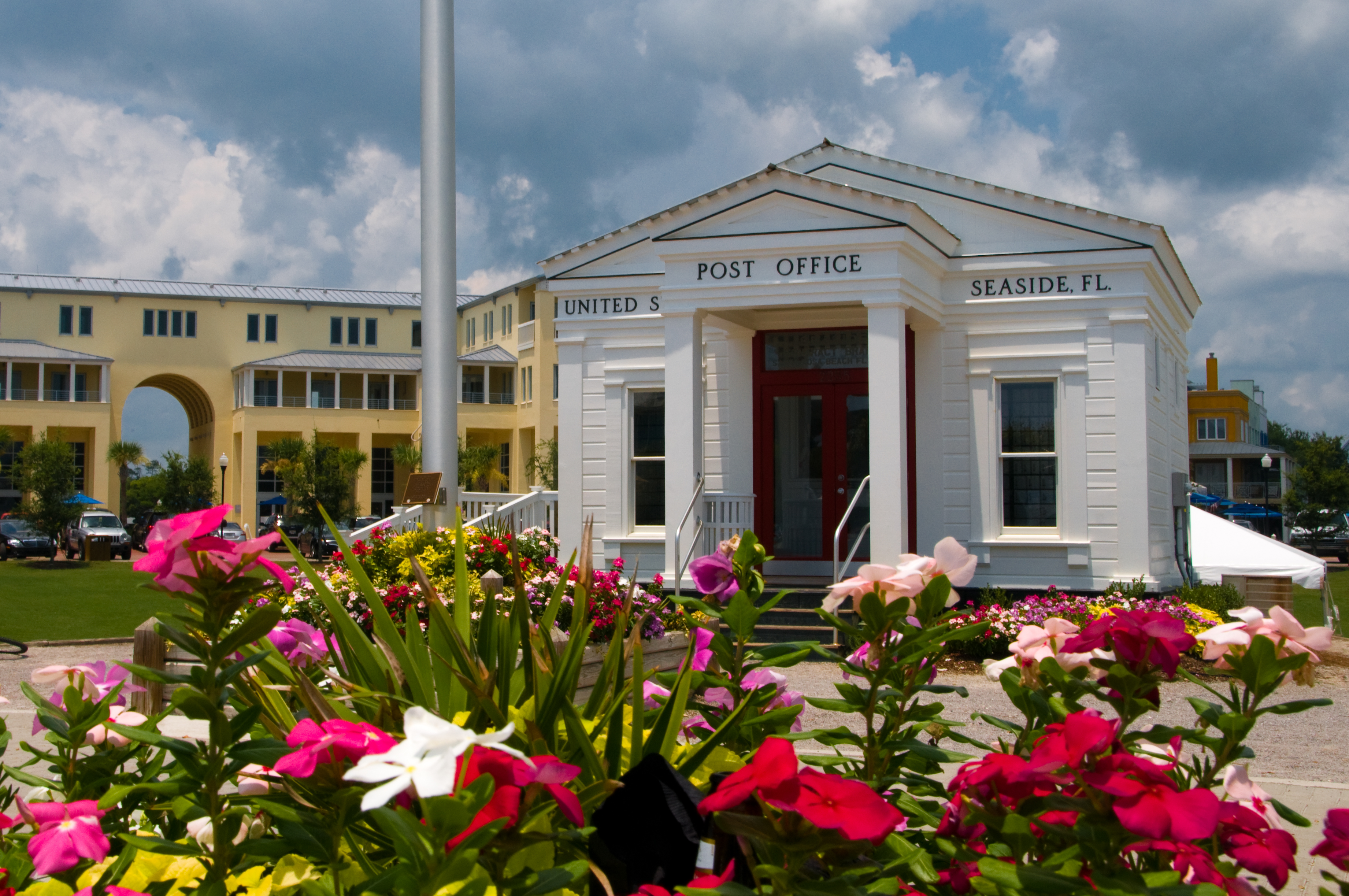|
Smart Growth America
Smart Growth America (SGA) is a US non-profit 501(c)(3) organization headquartered in Washington, D.C. SGA's mission is to ensure that urban development policies foster safe, equitable, and sustainable community growth. SGA is a coalition of advocacy organizations that have a stake in how urban sprawl affects the environment, quality of life and economic sustainability. It is responsible for marketing smart growth ideas to urban planners and other important stakeholders throughout the U.S. History Smart Growth America was established in 2000. In 2002, SGA included over 70 groups, such as American Farmland Trust, the Natural Resources Defense Council, the League of Women Voters for Smart Growth, the National Low Income Housing Coalition, and the Enterprise Foundation. In 2003, Parris Glendening became the president of SGA's Leadership Institute. In October 2015, the U.S. Department of Transportation's Federal Transit Administration (FTA) collaborated with SGA to create t ... [...More Info...] [...Related Items...] OR: [Wikipedia] [Google] [Baidu] |
501(c)(3) Organization
A 501(c)(3) organization is a United States corporation, trust, unincorporated association or other type of organization exempt from federal income tax under section 501(c)(3) of Title 26 of the United States Code. It is one of the 29 types of 501(c) nonprofit organizations in the US. 501(c)(3) tax-exemptions apply to entities that are organized and operated exclusively for religious, charitable, scientific, literary or educational purposes, for testing for public safety, to foster national or international amateur sports competition, or for the prevention of cruelty to children or animals. 501(c)(3) exemption applies also for any non-incorporated community chest, fund, cooperating association or foundation organized and operated exclusively for those purposes. [...More Info...] [...Related Items...] OR: [Wikipedia] [Google] [Baidu] |
Federal Transit Administration
The Federal Transit Administration (FTA) is an agency within the United States Department of Transportation (DOT) that provides financial and technical assistance to local public transportation systems. The FTA is one of ten modal administrations within the DOT. Headed by an Administrator who is appointed by the President of the United States, the FTA functions through Washington, D.C headquarters office and ten regional offices which assist transit agencies in all states, the District of Columbia, and the territories. Until 1991, it was known as the Urban Mass Transportation Administration (UMTA). Public transportation includes buses, subways, light rail, commuter rail, monorail, passenger ferry boats, trolleys, inclined railways, and people movers. The federal government, through the FTA, provides financial assistance to develop new transit systems and improve, maintain, and operate existing systems. The FTA oversees grants to state and local transit providers, primarily ... [...More Info...] [...Related Items...] OR: [Wikipedia] [Google] [Baidu] |
Farmland (farming)
Arable land (from the la, arabilis, "able to be ploughed") is any land capable of being ploughed and used to grow crops.''Oxford English Dictionary'', "arable, ''adj''. and ''n.''" Oxford University Press (Oxford), 2013. Alternatively, for the purposes of agricultural statistics, the term often has a more precise definition: A more concise definition appearing in the Eurostat glossary similarly refers to actual rather than potential uses: "land worked (ploughed or tilled) regularly, generally under a system of crop rotation". In Britain, arable land has traditionally been contrasted with pasturable land such as heaths, which could be used for sheep-rearing but not as farmland. Arable land area According to the Food and Agriculture Organization of the United Nations, in 2013, the world's arable land amounted to 1.407 billion hectares, out of a total of 4.924 billion hectares of land used for agriculture. Arable land (hectares per person) Non-arable land ... [...More Info...] [...Related Items...] OR: [Wikipedia] [Google] [Baidu] |
Conservation Movement
The conservation movement, also known as nature conservation, is a political, environmental, and social movement that seeks to manage and protect natural resources, including animal, fungus, and plant species as well as their habitat for the future. Conservationists are concerned with leaving the environment in a better state than the condition they found it in. Evidence-based conservation seeks to use high quality scientific evidence to make conservation efforts more effective. The early conservation movement evolved out of necessity to maintain natural resources such as fisheries, wildlife management, water, soil, as well as conservation and sustainable forestry. The contemporary conservation movement has broadened from the early movement's emphasis on use of sustainable yield of natural resources and preservation of wilderness areas to include preservation of biodiversity. Some say the conservation movement is part of the broader and more far-reaching environmental move ... [...More Info...] [...Related Items...] OR: [Wikipedia] [Google] [Baidu] |
Social Equality
Social equality is a state of affairs in which all individuals within a specific society have equal rights, liberties, and status, possibly including civil rights, freedom of expression, autonomy, and equal access to certain public goods and social services. Social equality requires the absence of legally enforced social class or caste boundaries and the absence of discrimination motivated by an inalienable part of an individual's identity. For example, advocates of social equality believe in equality before the law for all individuals regardless of sex, gender, ethnicity, age, sexual orientation, origin, caste or class, income or property, language, religion, convictions, opinions, health, or disability. Social equality is related to equal opportunity. Definition Social equality is variously defined and measured by different schools of thought. These include equality of power, rights, goods, opportunities, capabilities, or some combination of these things. It may als ... [...More Info...] [...Related Items...] OR: [Wikipedia] [Google] [Baidu] |
Historic Preservation
Historic preservation (US), built heritage preservation or built heritage conservation (UK), is an endeavor that seeks to preserve, conserve and protect buildings, objects, landscapes or other artifacts of historical significance. It is a philosophical concept that became popular in the twentieth century, which maintains that cities as products of centuries’ development should be obligated to protect their patrimonial legacy. The term refers specifically to the preservation of the built environment, and not to preservation of, for example, primeval forests or wilderness. Areas of professional, paid practice Paid work, performed by trained professionals, in historic preservation can be divided into the practice areas of regulatory compliance, architecture and construction, historic sites/museums, advocacy, and downtown revitalization/rejuvenation; each of these areas has a different set of expected skills, knowledge, and abilities. United States In the United States, about 70% o ... [...More Info...] [...Related Items...] OR: [Wikipedia] [Google] [Baidu] |
New Urbanism
New Urbanism is an urban design movement which promotes environmentally friendly habits by creating walkable neighbourhoods containing a wide range of housing and job types. It arose in the United States in the early 1980s, and has gradually influenced many aspects of real estate development, urban planning, and municipal land-use strategies. New Urbanism attempts to address the ills associated with urban sprawl and post-Second World War suburban development. New Urbanism is strongly influenced by urban design practices that were prominent until the rise of the automobile prior to World War II; it encompasses ten basic principles such as traditional neighborhood development (TND) and transit-oriented development (TOD). These ideas can all be circled back to two concepts: building a sense of community and the development of ecological practices. The organizing body for New Urbanism is the Congress for the New Urbanism, founded in 1993. Its foundational text is the ''Chart ... [...More Info...] [...Related Items...] OR: [Wikipedia] [Google] [Baidu] |
Form-based Code
A Form-Based Code (FBC) is a means of regulating land development to achieve a specific urban form. Form-Based Codes foster predictable built results and a high-quality public realm by using physical form (rather than separation of uses) as the organizing principle, with less focus on land use, through municipal regulations. An FBC is a regulation, not a mere guideline, adopted into city, town, or county law and offers a powerful alternative to conventional zoning regulation. Form-Based Codes are a new response to the modern challenges of urban sprawl, deterioration of historic neighborhoods, and neglect of pedestrian safety in new development. Tradition has declined as a guide to development patterns, and the widespread adoption by cities of single-use zoning regulations has discouraged compact, walkable urbanism. Form-Based Codes are a tool to address these deficiencies, and to provide local governments the regulatory means to achieve development objectives with greater certainty ... [...More Info...] [...Related Items...] OR: [Wikipedia] [Google] [Baidu] |
Complete Streets
Complete streets is a transportation policy and design approach that requires streets to be planned, designed, operated and maintained to enable safe, convenient and comfortable travel and access for users of all ages and abilities regardless of their mode of transportation. Complete Streets allow for safe travel by those walking, cycling, driving automobiles, riding public transportation, or delivering goods. The term is often used by transportation advocates, urban planners, traffic and highway engineers, public health practitioners, and community members in the United States and Canada. Complete Streets are promoted as offering improved safety, health, economic, and environmental outcomes. Complete Streets emphasize the importance of safe access for all users, not just automobiles. Related concepts include living streets, Woonerf, and home zones. History After World War II, many communities in the United States were designed to facilitate easy and fast access to destinati ... [...More Info...] [...Related Items...] OR: [Wikipedia] [Google] [Baidu] |
American Planning Association
The American Planning Association (APA) is a professional organization representing the field of urban planning in the United States. APA was formed in 1978, when two separate professional planning organizations, the American Institute of Planners and the American Society of Planning Officials, were merged into a single organization. The American Institute of Certified Planners is now the organization's professional branch. Functions Like many professional organizations, the American Planning Association's main function is to serve as a forum for the exchange of ideas between people who work in the field of urban planning. The organization keeps track of the various improvement efforts underway around the country, which may include the improvement or construction of new parks, highways and roads, or residential developments. The organization is also a starting point for people looking for employment. The association also publishes the ''Journal of the American Planning Ass ... [...More Info...] [...Related Items...] OR: [Wikipedia] [Google] [Baidu] |
Grist (magazine)
''Grist'' (originally ''Grist Magazine''; also referred to as Grist.org) is an American non-profit online magazine founded in 1999 that publishes environmental news and commentary. ''Grist'''s tagline is "Climate. Justice. Solutions." ''Grist'' is headquartered in Seattle, Washington, and has about 50 writers and employees. Its CEO is former state representative Brady Walkinshaw. Coverage ''Grist'' offers reporting, interviews, opinion pieces, daily news, book reviews, food and agricultural coverage, and green advice. Its stated mission is "show that a just and sustainable future is within reach." Regular features include "Ask Umbra," an environmental advice column by Umbra Fisk. Grist also summarizes the day's environmentally related news events in daily and weekly email newsletters. Main writers previously included David Roberts, Lisa Hymas, and Sarah Goodyear. Staff Chip Giller is the founder and former president of ''Grist''. Giller received the Heinz Award for foundi ... [...More Info...] [...Related Items...] OR: [Wikipedia] [Google] [Baidu] |
Transportation For America
Transportation for America (or T4A) is an American policy organization that supports progressive transportation and land use policy. The transportation program of Smart Growth America, T4A supports reforming transportation policy at the federal, state, and local levels. Leadership The current director of Transportation for America is Beth Osborne. Osborne formerly served in the Department of Transportation (DOT) during the Obama Administration. While at the DOT, Osborne served as Acting Assistant Secretary for Transportation Policy and as Deputy Assistant Secretary for Transportation Policy. Osborne was a frontrunner to serve as Secretary of Transportation under Joe Biden, but the position ultimately went to Pete Buttigieg instead. History During the Trump presidency, T4A criticized the administration over proposed cuts to federal funding for public transit. T4A director Beth Osborne criticized efforts to cut transit funding amid the economic crisis associated with the C ... [...More Info...] [...Related Items...] OR: [Wikipedia] [Google] [Baidu] |





_-_geograph.org.uk_-_1979700.jpg)